Some places just get lucky with the perfect combination of soil, climate, and geography. These valleys have become legendary not just for their scenic beauty alone, but for producing one particular crop so exceptionally well that their names have become synonymous with quality.
From the rolling hills of California’s wine country to the flat expanses of Idaho’s potato fields, these agricultural powerhouses have shaped entire industries and local economies around a single specialty. Here’s a list of 20 valleys that have made their mark by mastering one specific crop.
Napa Valley, California
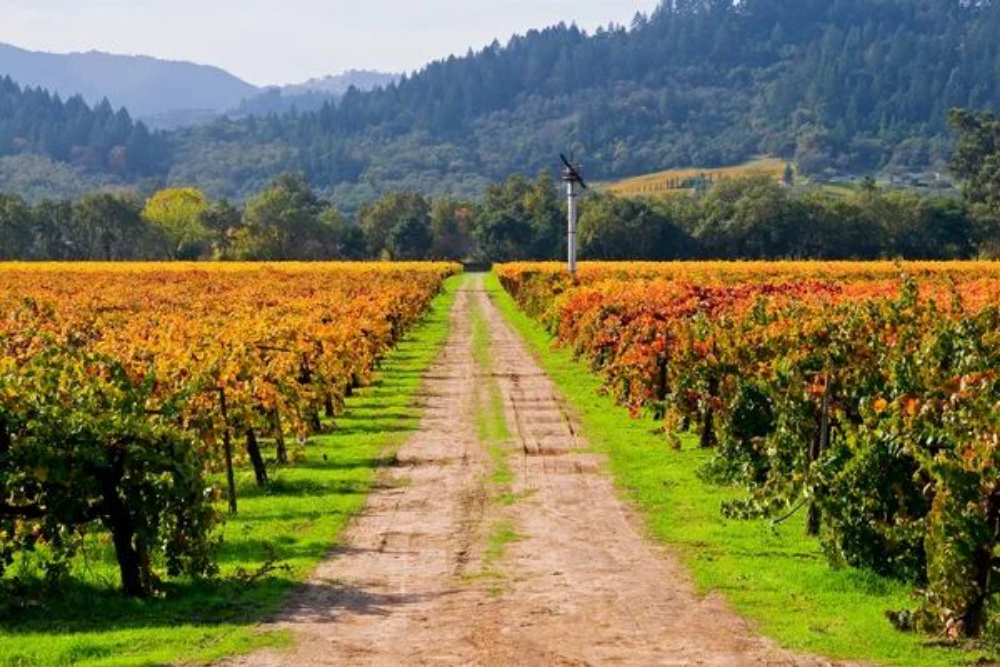
This narrow valley, located north of San Francisco, has become America’s most prestigious wine region, particularly renowned for its Cabernet Sauvignon. The Mediterranean climate and well-draining volcanic soils create ideal conditions for growing premium wine grapes.
What started as a small farming community in the 1800s now produces wines that compete with the finest French vintages.
Salinas Valley, California
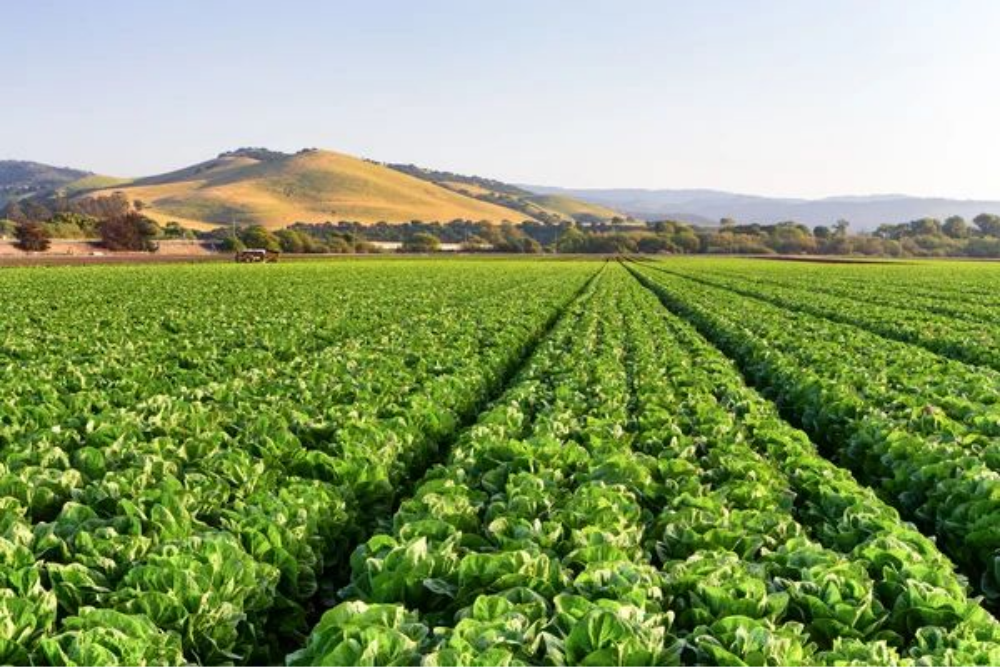
Known as America’s ‘Salad Bowl,’ this 90-mile stretch produces about 70% of the nation’s lettuce. The cool, foggy mornings and warm afternoons create perfect growing conditions for leafy greens year-round.
Massive irrigation systems draw from underground aquifers to keep millions of heads of lettuce crisp and fresh.
Like Travel Pug’s content? Follow us on MSN.
Central Valley, California
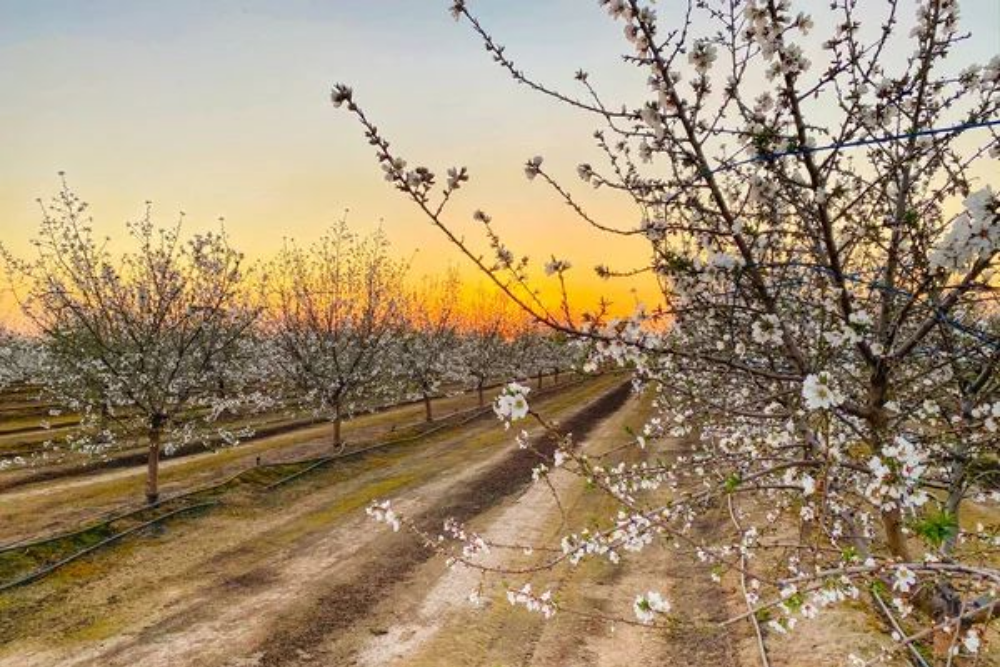
This massive valley stretches over 400 miles and produces about 80% of the world’s commercial almond supply. The hot, dry summers and mild winters mimic the Mediterranean climate where almonds originated thousands of years ago.
Endless rows of almond trees bloom in a spectacular display each February, attracting bees from across the country.
Yakima Valley, Washington
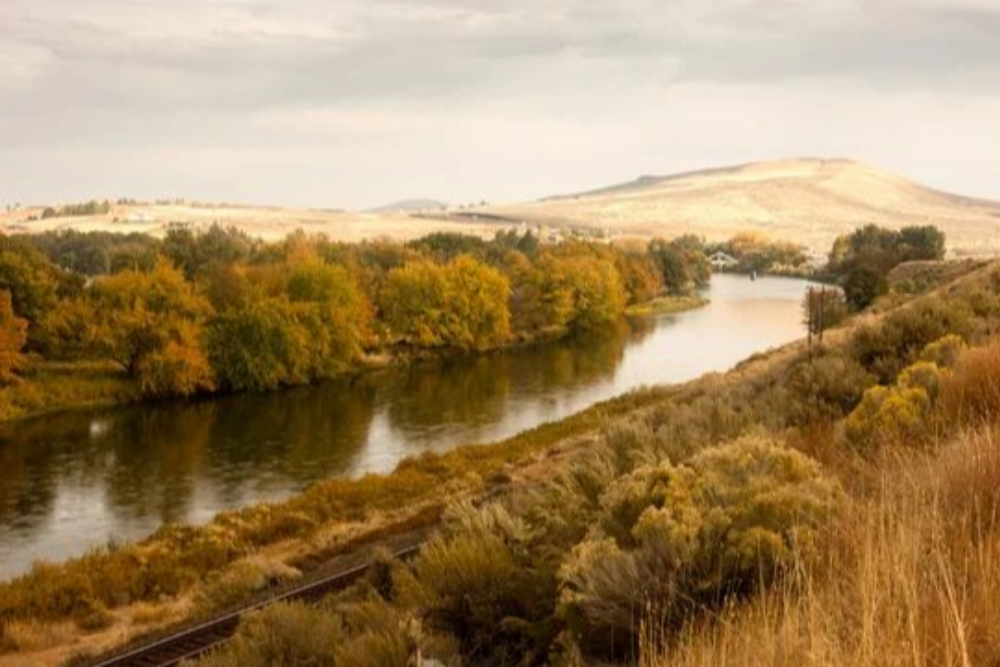
The Yakima Valley grows about 75% of America’s hops, the flowers that give beer its distinctive bitter flavor and aroma. The valley’s long summer days and cool nights, combined with abundant irrigation from the Yakima River, create ideal conditions for these climbing vines. Major breweries rely on this region’s consistent quality and unique hop varieties.
Snake River Valley, Idaho
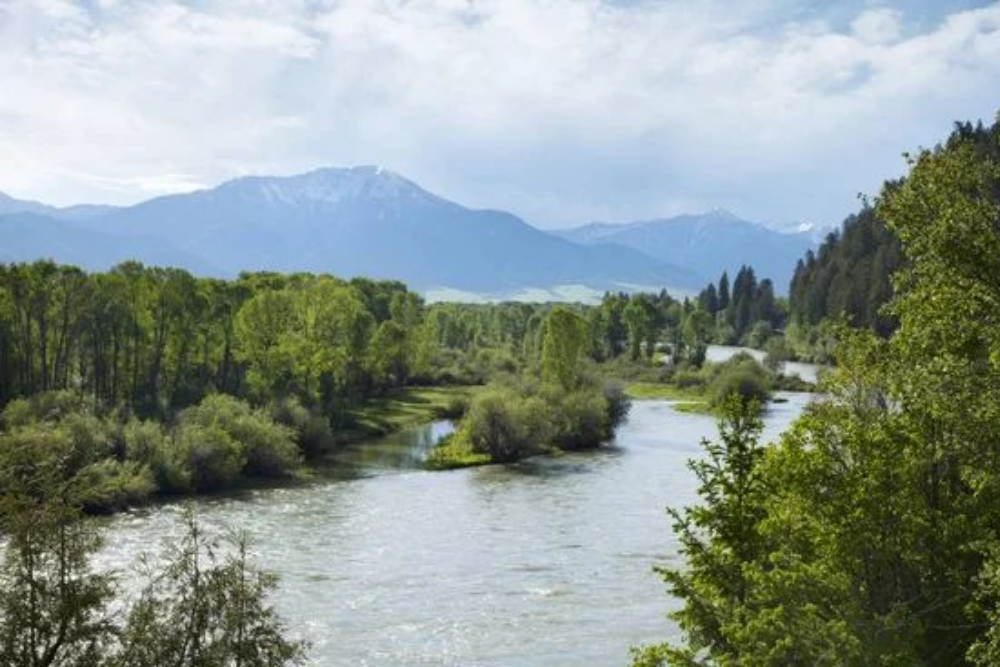
Idaho’s famous russet potatoes thrive in the volcanic soil of the Snake River Valley, which produces about one-third of America’s potatoes. The region’s high altitude, intense sunlight, and dramatic temperature swings between day and night create the perfect starch content, making these potatoes ideal for French fries.
Major fast-food chains specifically source their potatoes from this valley.
Like Travel Pug’s content? Follow us on MSN.
Red River Valley, North Dakota
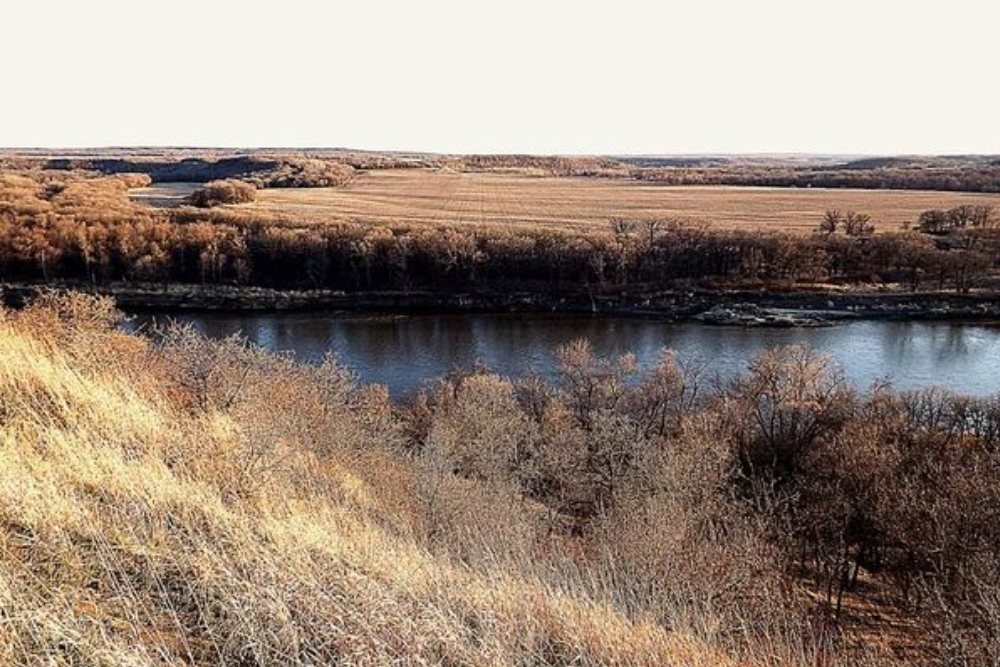
This flat, fertile valley along the North Dakota-Minnesota border produces about half of America’s sugar beets. The rich, black soil and long summer days provide ideal growing conditions for these root vegetables that get processed into granulated sugar.
The valley’s harsh winters help the soil by naturally killing pests and diseases.
Imperial Valley, California
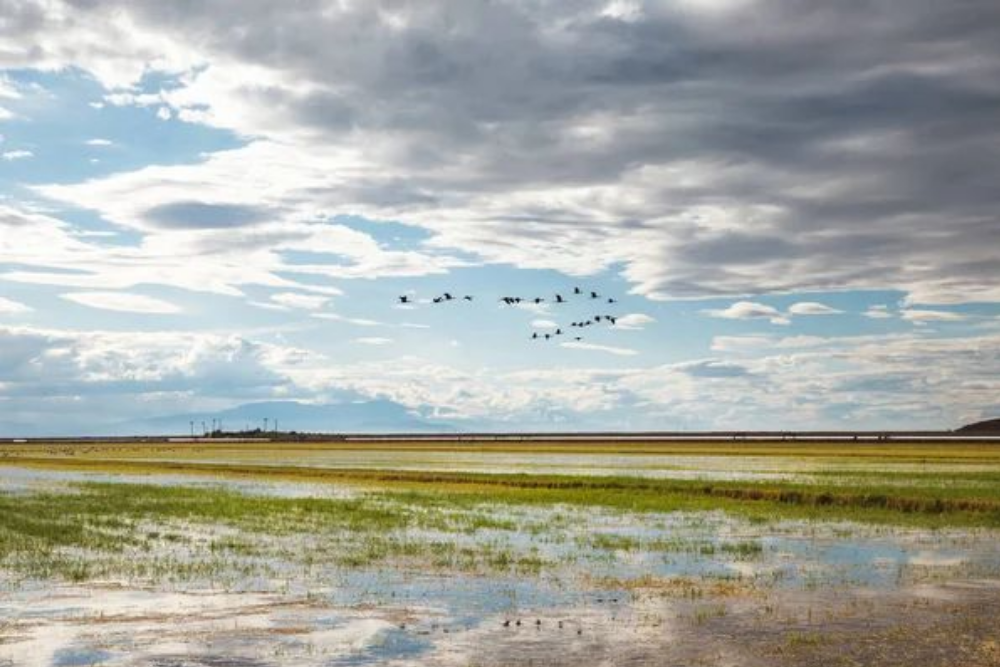
Located in the Colorado Desert, this valley produces fresh vegetables during winter months when most of the country is frozen. Advanced irrigation systems channel water from the Colorado River to create an agricultural oasis in one of America’s hottest, driest regions. The valley supplies about 70% of America’s winter lettuce and other leafy greens.
Willamette Valley, Oregon
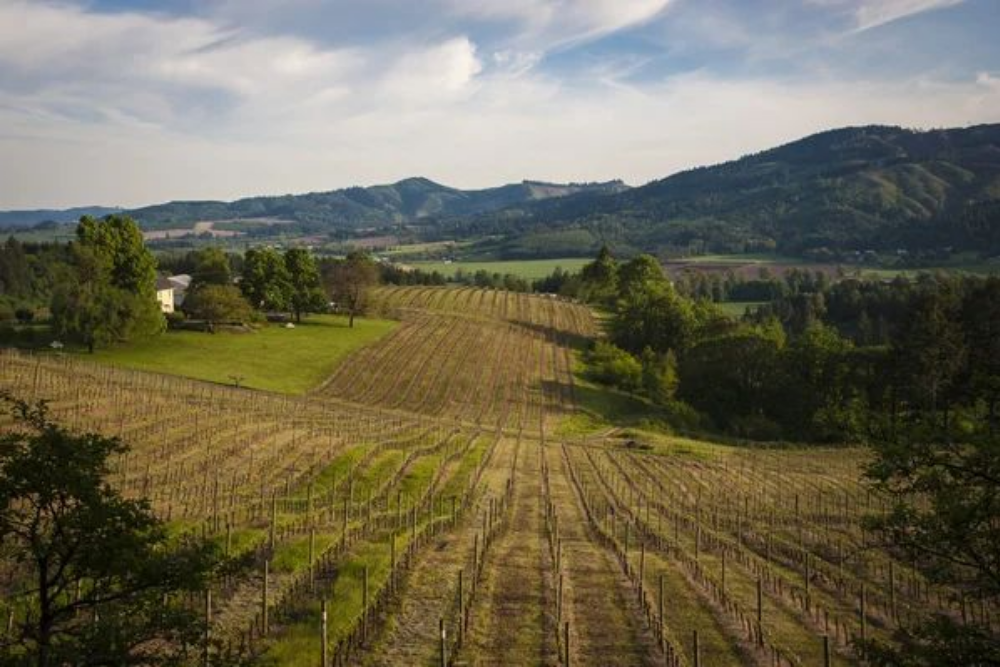
Oregon’s Willamette Valley has become famous for producing some of the world’s finest hazelnuts, accounting for about 99% of America’s crop. The valley’s mild, wet winters and warm, dry summers mirror the climate of Turkey, where hazelnuts have grown for centuries. These nuts end up in everything from Nutella to craft chocolates.
Like Travel Pug’s content? Follow us on MSN.
Sacramento Valley, California
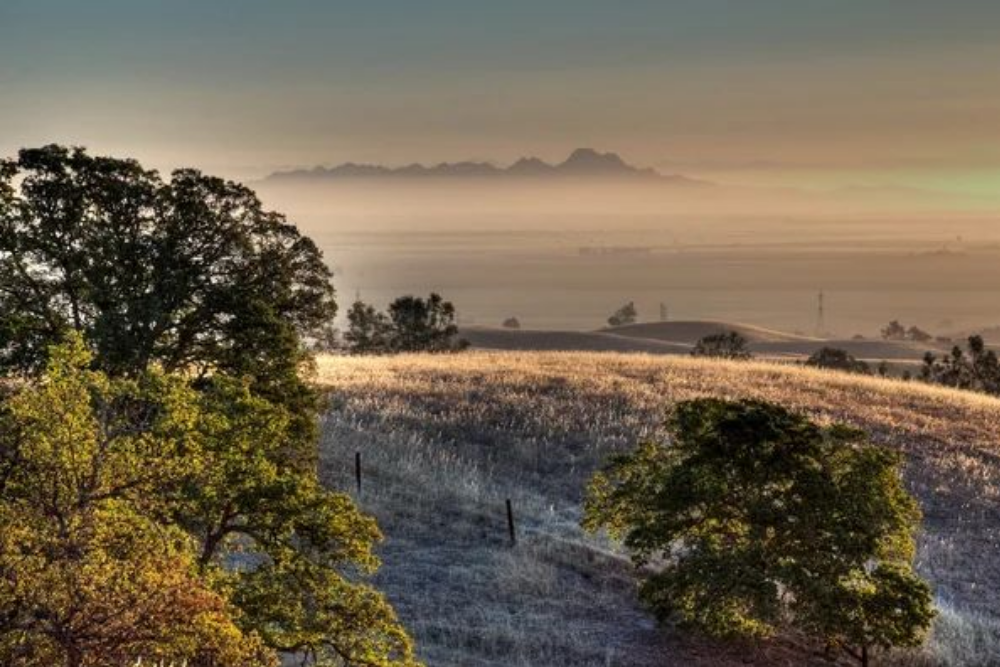
This northern section of California’s Central Valley produces about 20% of America’s rice, despite being located in a Mediterranean climate. Flooded fields mimic the natural growing conditions of rice paddies, creating temporary wetlands that also provide habitat for millions of migrating waterfowl. The valley’s clay soil holds water perfectly for rice cultivation.
Pajaro Valley, California
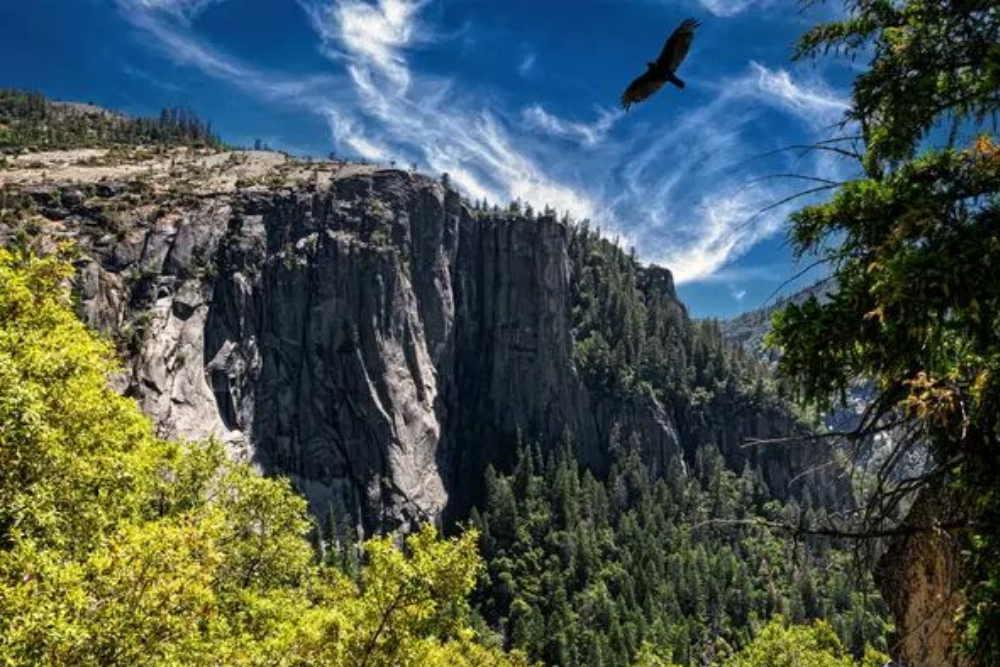
The coastal fog and sandy loam soil of Pajaro Valley create perfect conditions for strawberries, producing about 40% of California’s crop. The valley’s year-round mild temperatures enable nearly continuous harvesting, with the peak season running from April to October. These berries are known for their exceptional sweetness and shelf life.
Skagit Valley, Washington
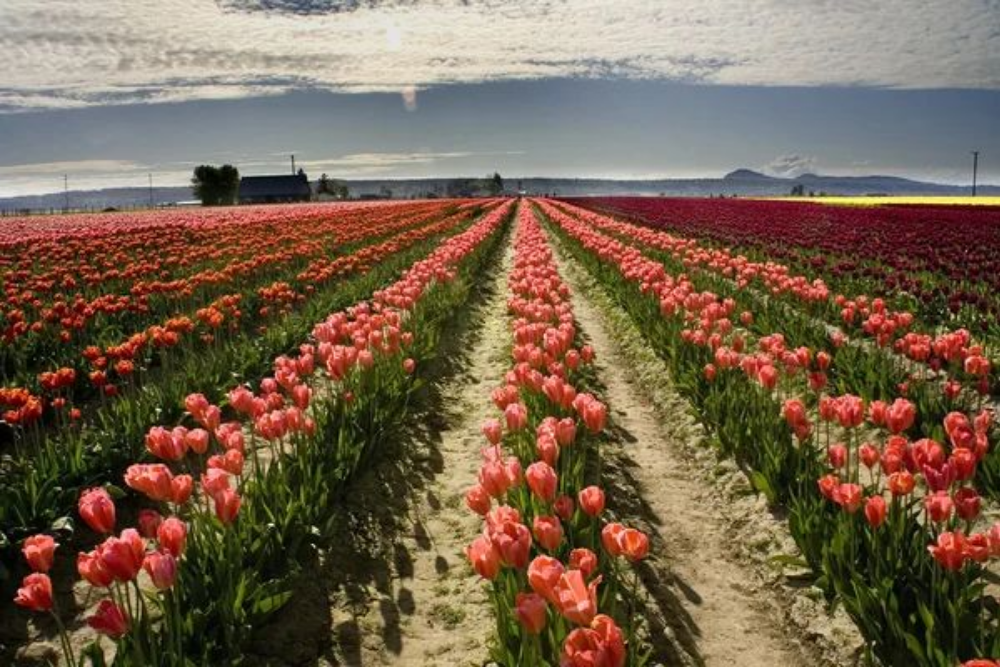
Every spring, the Skagit Valley transforms into a spectacular display of colorful tulips that rivals the famous fields of Netherlands. The valley’s mild, wet climate and rich river delta soil provide ideal conditions for bulb production. Dutch immigrants brought their tulip-growing expertise here in the 1940s, creating an industry that now attracts hundreds of thousands of visitors annually.
Like Travel Pug’s content? Follow us on MSN.
Fraser Valley, British Columbia
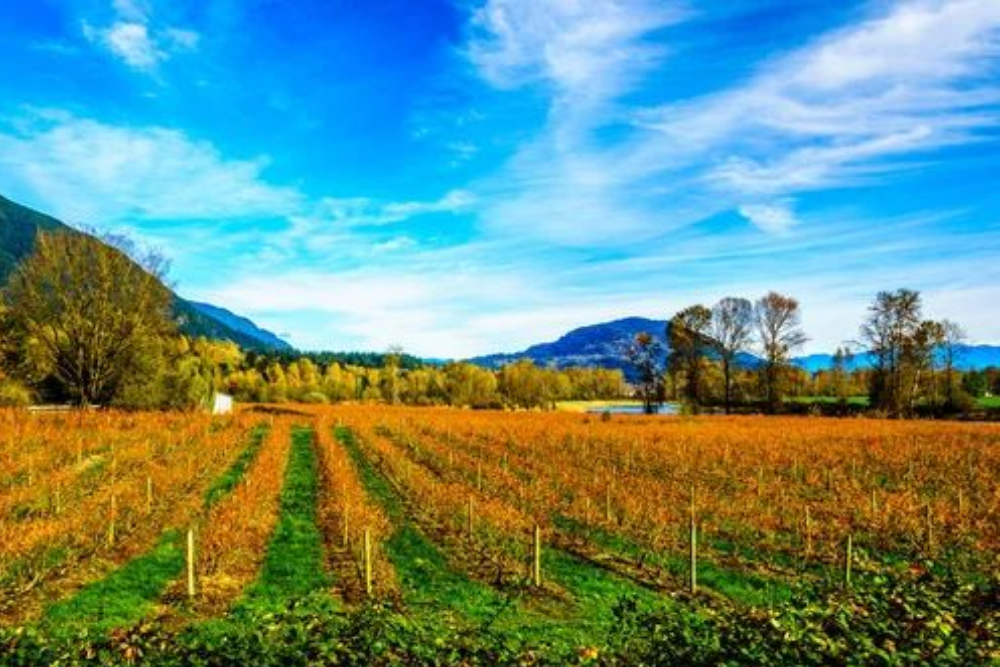
British Columbia’s Fraser Valley produces about 95% of Canada’s cranberries, taking advantage of the region’s mild climate and abundant rainfall. The valley’s naturally acidic soil and access to fresh water for flooding the bogs create perfect conditions for these tart berries. Cranberry harvest season turns the valley into a sea of floating red berries each fall.
Okanagan Valley, British Columbia
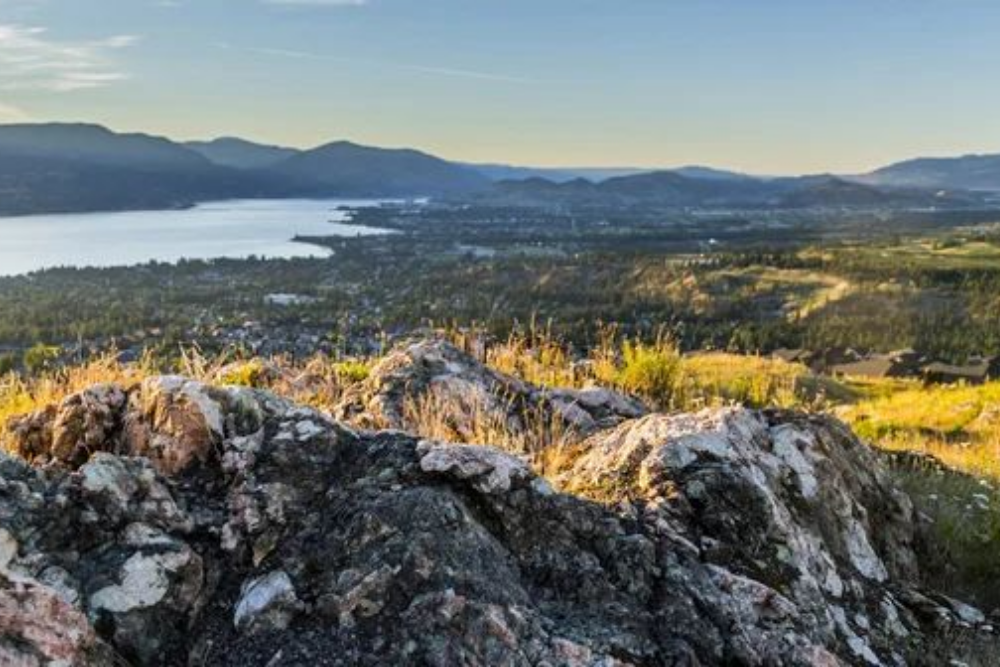
Canada’s premier wine region stretches for 120 miles through British Columbia’s interior, producing exceptional Pinot Noir and ice wines. The valley’s desert-like climate, with hot days and cool nights, concentrates flavors in the grapes while maintaining crucial acidity. Lake Okanagan moderates temperatures and extends the growing season.
Connecticut River Valley, Massachusetts

This historic valley became famous for growing broadleaf plants used as wrapper leaves for premium cigars, though production has declined significantly. The valley’s sandy soil and humid climate, combined with innovative shade-growing techniques using cheesecloth tents, produced some of the world’s finest wrapper leaves. Many of the large shade structures still dot the landscape today.
Like Travel Pug’s content? Follow us on MSN.
Finger Lakes, New York

The deep glacial lakes of this region create a unique microclimate perfect for growing Riesling grapes and other cool-climate varieties. The lake’s moderate temperatures prevent both spring frosts and early fall freezes that could damage delicate grape crops. The region’s slate and shale soils add distinctive mineral notes to the wines.
Walla Walla Valley, Washington
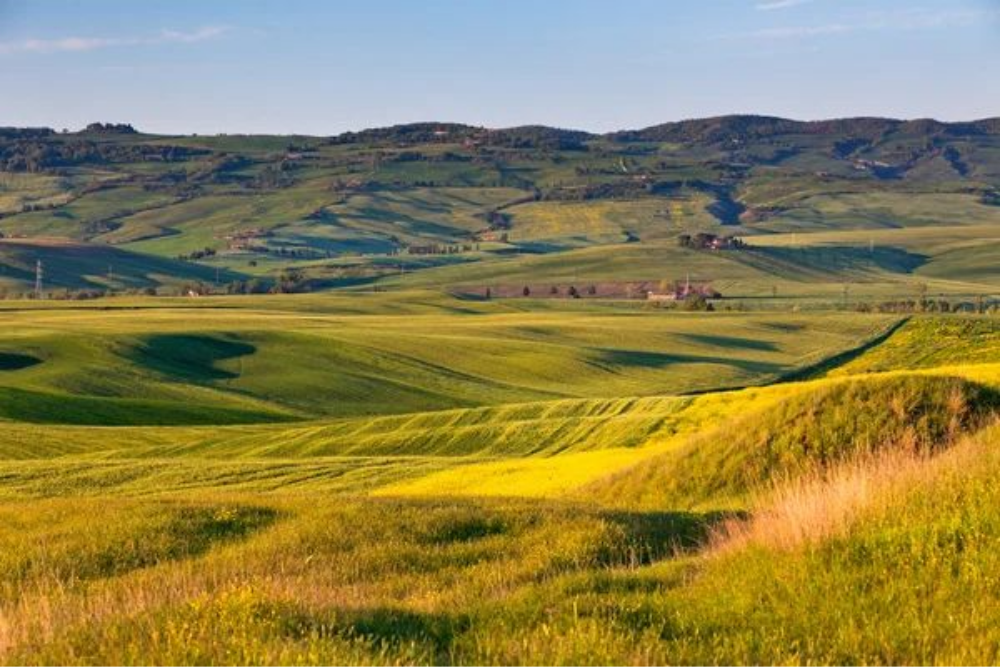
This valley has earned international recognition for its sweet onions, which are so mild they can be eaten like apples. The valley’s long summer days, cool nights, and low-sulfur soil create onions with exceptional sweetness and extended storage life. The growing season runs from spring through early fall, with harvest typically beginning in August.
Grand Valley, Colorado

Colorado’s Western Slope produces some of America’s finest peaches in the Grand Valley, where the high desert climate and Rocky Mountain snowmelt create ideal growing conditions. The valley’s elevation of about 4,500 feet provides intense sunlight and dramatic temperature swings that concentrate sugars in the fruit. The short growing season produces exceptionally flavorful peaches that chefs highly prize.
Like Travel Pug’s content? Follow us on MSN.
Wenatchee Valley, Washington
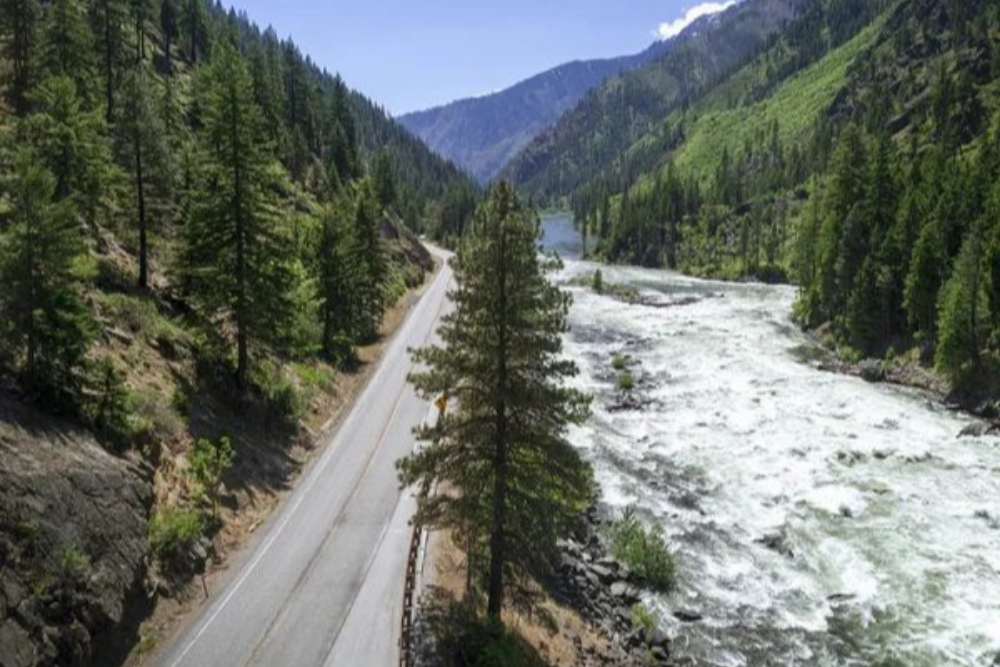
Known as the ‘Apple Capital of the World,’ this valley produces about 60% of Washington’s apples and 40% of America’s total apple crop. The valley’s irrigation systems, fed by Cascade Mountain snowmelt, combined with over 300 days of sunshine annually, create perfect conditions for apple production. The dramatic temperature differences between day and night help develop the apples’ characteristic crisp texture and bright colors.
San Luis Valley, Colorado
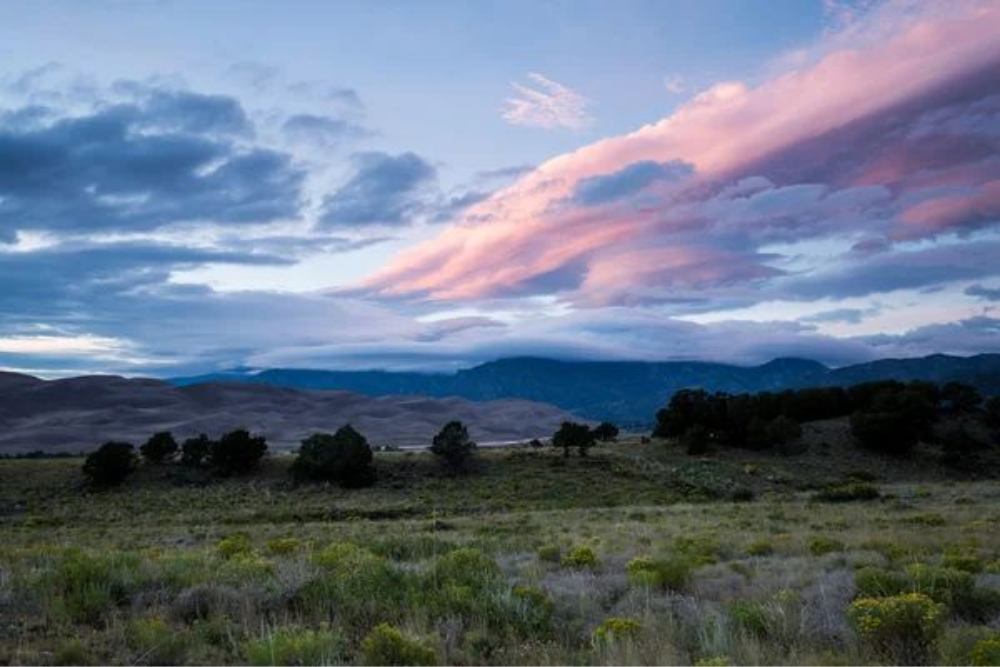
This high-altitude valley, sitting at about 7,500 feet above sea level, produces specialty potatoes prized for their unique flavor and texture. The valley’s short growing season, intense sunlight, and volcanic soil create potatoes with exceptional taste and storage qualities. The harsh winter conditions naturally eliminate many pests and diseases, reducing the need for chemical treatments.
Hudson Valley, New York
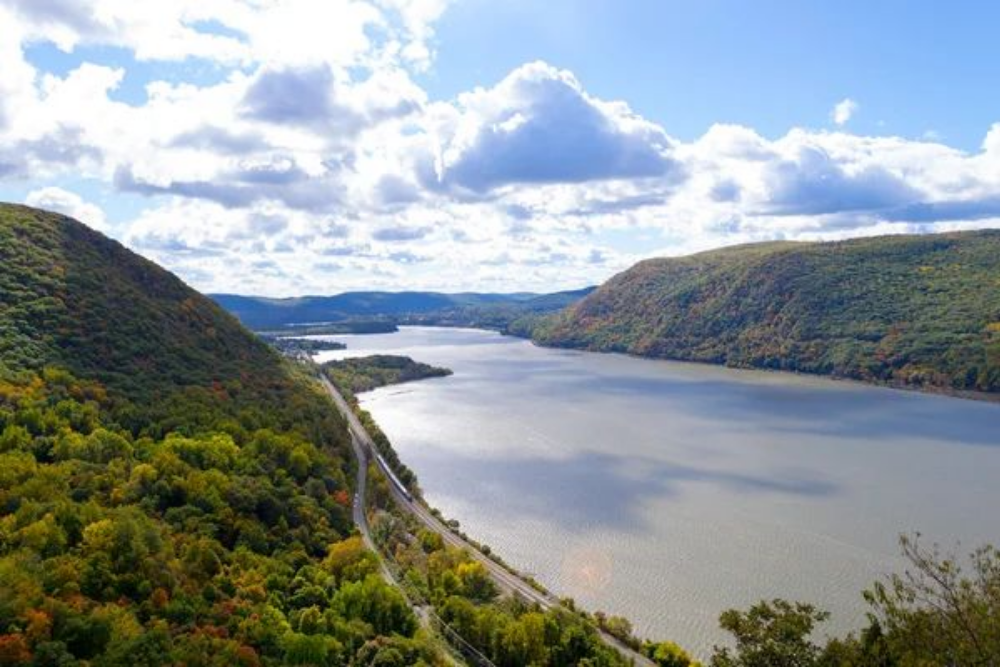
America’s oldest apple-growing region continues to produce exceptional apples, particularly heirloom varieties that have been grown here for over 300 years. The valley’s maritime climate, moderated by the Hudson River, provides ideal conditions for apple cultivation. Many orchards still use traditional growing methods passed down through generations of Dutch and English settlers.
Like Travel Pug’s content? Follow us on MSN.
Where Tradition Meets Innovation
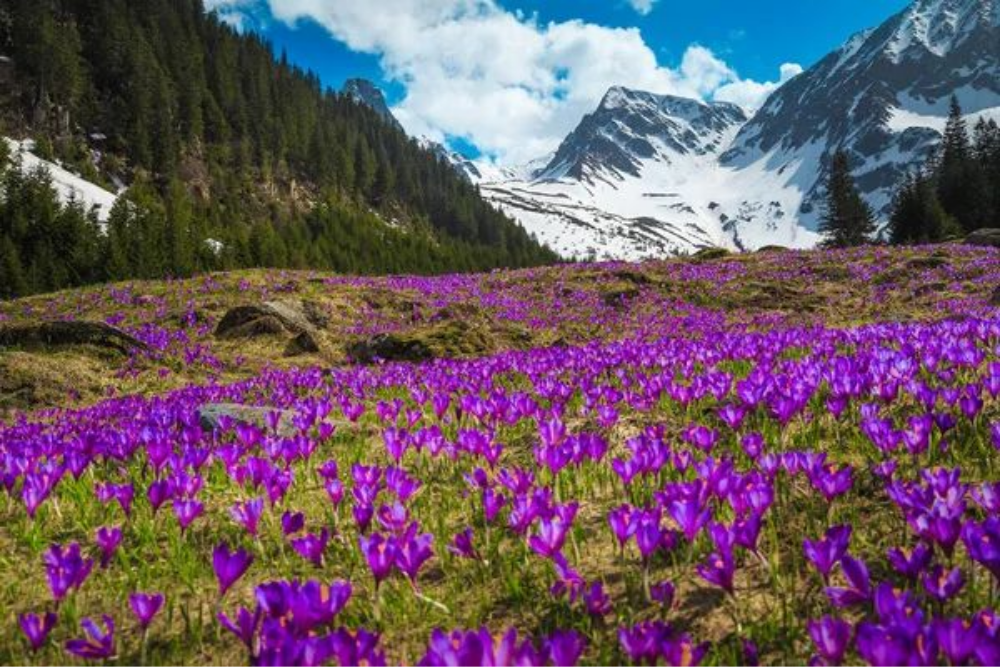
These valleys prove that agriculture is about much more than just planting seeds and hoping for the best. Each region has discovered the perfect marriage between natural conditions and human expertise, often taking decades or even centuries to perfect its craft.
Today’s farmers in these valleys blend traditional knowledge with modern technology, using everything from precision irrigation to satellite monitoring to maintain their competitive edge. The next time you bite into a crisp apple or sip a glass of wine, remember that you’re tasting the unique character of a specific place where geography, climate, and human dedication have created something truly special.
More from Travel Pug

- 20 Best Beach Towns in the Carolinas
- 13 Destinations Where Tourists Regularly Regret Their Trip
- 20 Things You Actually Get in First Class
- 20 Small Airports With Aviation Museums
- 20 Places in the U.S. That Are Perfect for a Reset Trip
Like Travel Pug’s content? Follow us on MSN.
